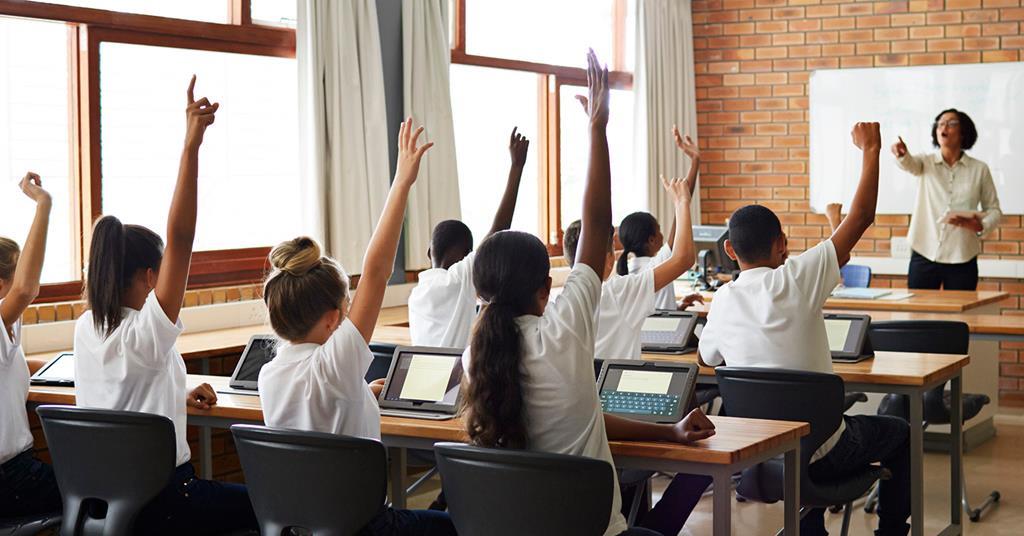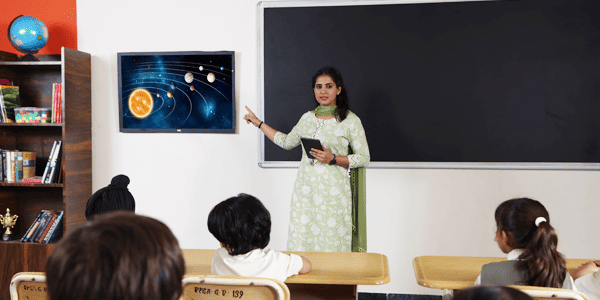Discover the Best Primary Science Tuition Singapore for Your Learning Journey
Discover the Best Primary Science Tuition Singapore for Your Learning Journey
Blog Article
Checking Out the Various Training Strategies in Key Science Education And Learning Today
The landscape of primary scientific research education is advancing, with numerous mentor methods getting importance in contemporary classrooms. Inquiry-based learning, hands-on experiments, and the integration of technology are redefining how instructors involve young minds. In addition, joint approaches and set apart direction are being used to satisfy the diverse demands of trainees, boosting both involvement and understanding. As we take a look at these methods, questions develop regarding their efficiency and the implications for future instructional practices. What might these changes in approach mean for the future generation of learners?
Inquiry-Based Understanding
Inquiry-Based Understanding (IBL) is a pedagogical technique that urges trainees to explore scientific principles through wondering about, investigation, and hands-on trial and error. This method highlights the duty of pupils as energetic participants in their discovering, advertising crucial reasoning and analytic skills. By engaging with real-world questions, students become inspired and curious, which boosts their understanding of clinical concepts.
In IBL, instructors function as facilitators, assisting students as they browse their inquiries rather than delivering information straight. This student-centered method permits differentiation, fitting different learning speeds and designs. Students create skills in formulating theories, creating experiments, and examining information, which are crucial for clinical literacy.
Additionally, IBL promotes cooperation among trainees, urging them to share findings and concepts. This collective query advertises social abilities and a feeling of area within the class. In addition, the procedure of query encourages strength, as trainees discover to welcome failing as a tipping rock towards understanding.
Hands-On Experiments
Hands-on experiments are an important component of efficient science education, complementing the concepts of inquiry-based knowing. These experiments enable students to involve directly with clinical concepts, promoting a deeper understanding via experiential understanding. By adjusting materials and observing outcomes, young students can realize abstract concepts in substantial means.
Such activities promote critical reasoning and analytic skills, as trainees hypothesize results, conduct experiments, and examine outcomes. This process urges them to ask concerns, improve their understanding, and develop a clinical attitude. Hands-on experiments can be tailored to diverse discovering styles, making certain that all students have the possibility to engage meaningfully with the content.
Moreover, hands-on experiments commonly urge collaboration amongst peers, advertising teamwork and communication skills. Functioning in teams makes it possible for students to share ideas, discuss findings, and pick up from each other, which boosts their total instructional experience.
Incorporating hands-on experiments right into the primary science educational program not only improves the discovering environment however additionally cultivates a long-lasting rate of interest in scientific research. By proactively taking part in their education and learning, trainees are more probable to develop a passion for clinical questions that prolongs past the classroom.

Modern Technology Combination
Integrating technology right into key science education and learning has actually ended up being increasingly important in promoting student interaction and enhancing discovering results. Using electronic tools, such as interactive simulations, digital laboratories, and instructional software application, provides pupils with opportunities to explore clinical ideas in innovative methods. These sources promote a deeper understanding of complicated subjects by enabling students to imagine and control variables that would be unwise in a standard classroom setting.
Furthermore, modern technology assimilation urges personalized finding out experiences. Students can advance at their own rate, revisiting difficult principles with multimedia sources, which deal with various understanding designs. This flexibility not just supports private growth however additionally grows a feeling of autonomy in students.
In addition, technology functions as a bridge to real-world scientific research, attaching pupils with present study and expert contributions. Access to scientific journals and online data sources expands trainees' viewpoints on clinical inquiry and promotes crucial assuming abilities.
Collaborative Learning
Joint learning plays an essential function in main scientific research education and learning by cultivating team effort and interaction abilities among trainees. This technique urges learners to collaborate, share expertise, and take part in problem-solving, which improves their understanding of scientific ideas. By participating in team tasks, students learn to verbalize their ideas, listen to varied viewpoints, and work out services, all of which are vital abilities in both real-world and academic contexts.

Study shows that collaborative understanding can cause increased inspiration and involvement in science subjects, as pupils find enjoyment in common experiences (primary science tuition Singapore). Additionally, this technique prepares students for future collective undertakings, equipping them with the abilities needed for effective team best site effort in college and specialist atmospheres. Inevitably, embracing collaborative discovering in key scientific research education can dramatically enrich the knowing experience and advertise a much deeper understanding of clinical questions
Separated Guideline

Separated guideline can materialize in different methods, such as varying the web content, procedures, or items of discovering. Educators may use tiered assignments that give differing degrees of intricacy, allowing pupils to function at their corresponding readiness degrees. Additionally, flexible grouping approaches can promote collaboration amongst pupils with various capabilities, fostering peer learning.
Analysis plays an important function in this strategy, as it informs guideline and assists instructors comprehend each pupil's special needs. Developmental analyses, such as monitorings and quizzes, can direct educators in adjusting their approaches to improve finding out outcomes. primary science tuition Singapore. Inevitably, by applying set apart instruction in key science education and learning, educators can cultivate a much more effective and fair discovering environment, equipping all pupils to reach their full capacity in recognizing clinical sensations
Conclusion
In summary, the varied training methods in primary scientific research education, consisting of inquiry-based discovering, hands-on experiments, innovation assimilation, collaborative knowing, and separated guideline, jointly add to a more effective discovering atmosphere. These approaches promote critical thinking, analytical skills, and weblink a deeper understanding of scientific concepts. By executing these methods, instructors can develop supportive and engaging classrooms that resolve the different requirements of trainees, inevitably cultivating a long-lasting interest in scientific research and improving scholastic accomplishment.
Inquiry-Based Understanding (IBL) is an instructional approach that urges students to explore scientific concepts via wondering about, investigation, and hands-on experimentation.Joint learning plays an essential function in key scientific research education and learning by cultivating synergy and interaction skills amongst students.Study suggests that joint learning can lead to raised inspiration and interaction in scientific research subjects, as pupils locate pleasure in shared experiences.In cultivating a comprehensive knowing environment, set apart direction emerges as a key approach to suit the varied demands and capacities of pupils in key scientific research education. Ultimately, by carrying out set apart instruction in primary science education and learning, instructors can cultivate an extra equitable and reliable knowing setting, encouraging all pupils to reach their full potential in comprehending clinical sensations.
Report this page